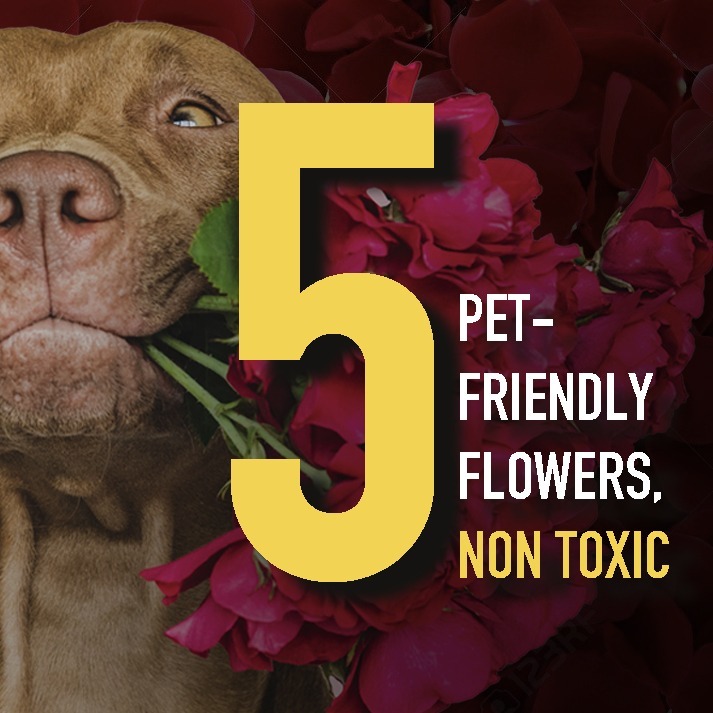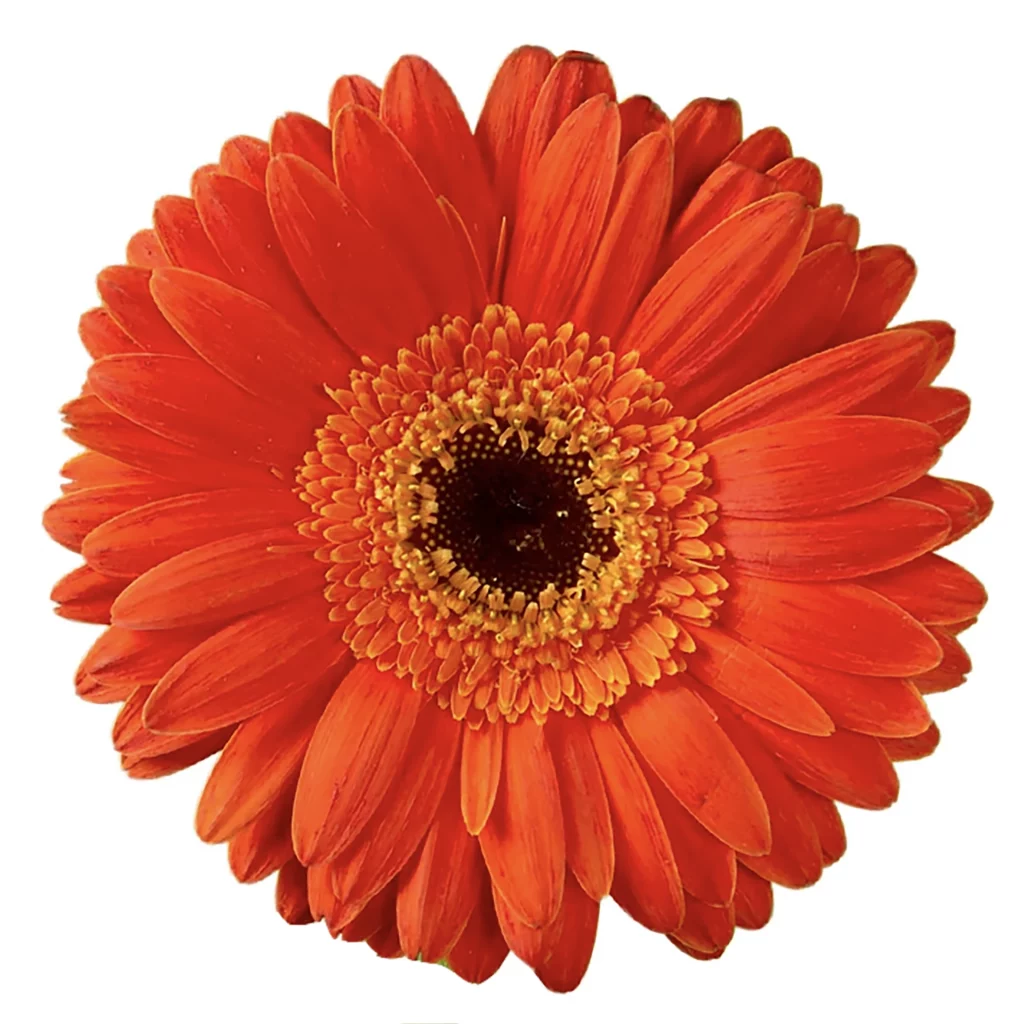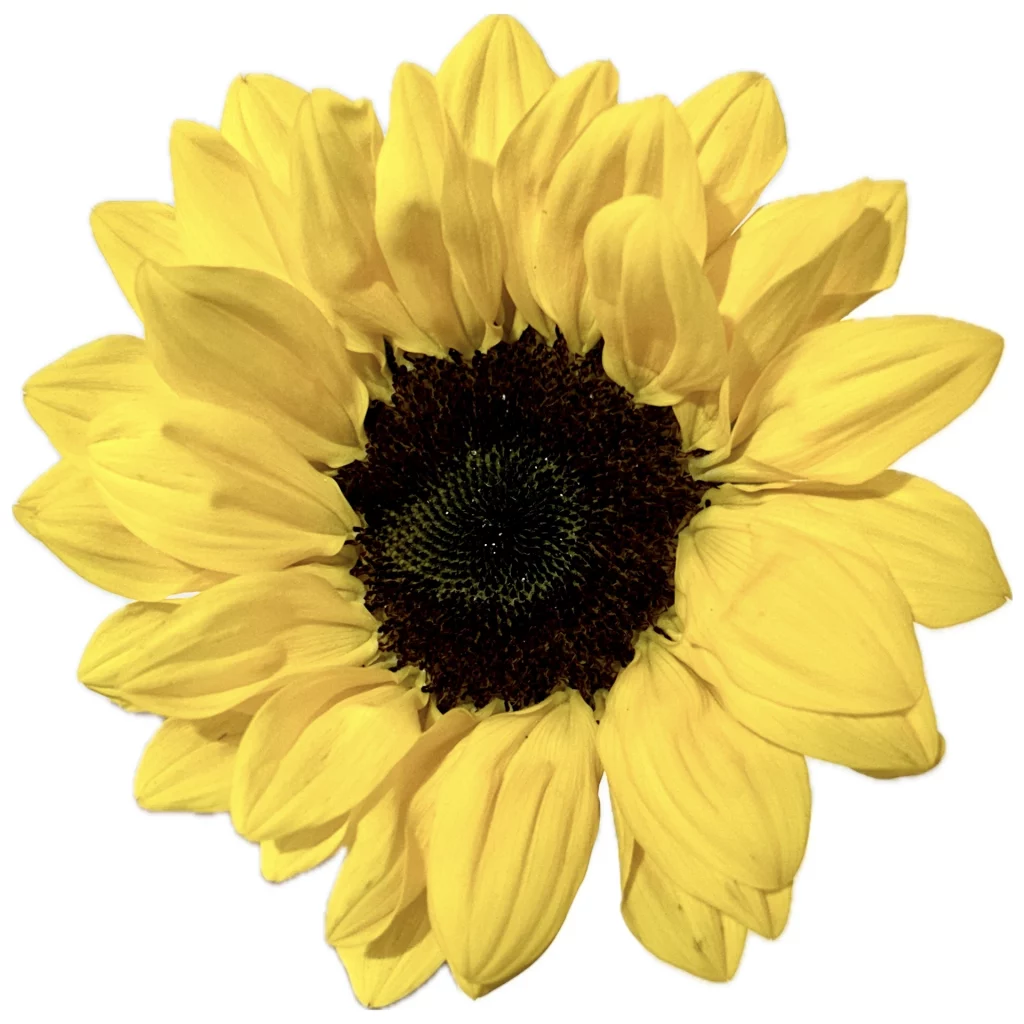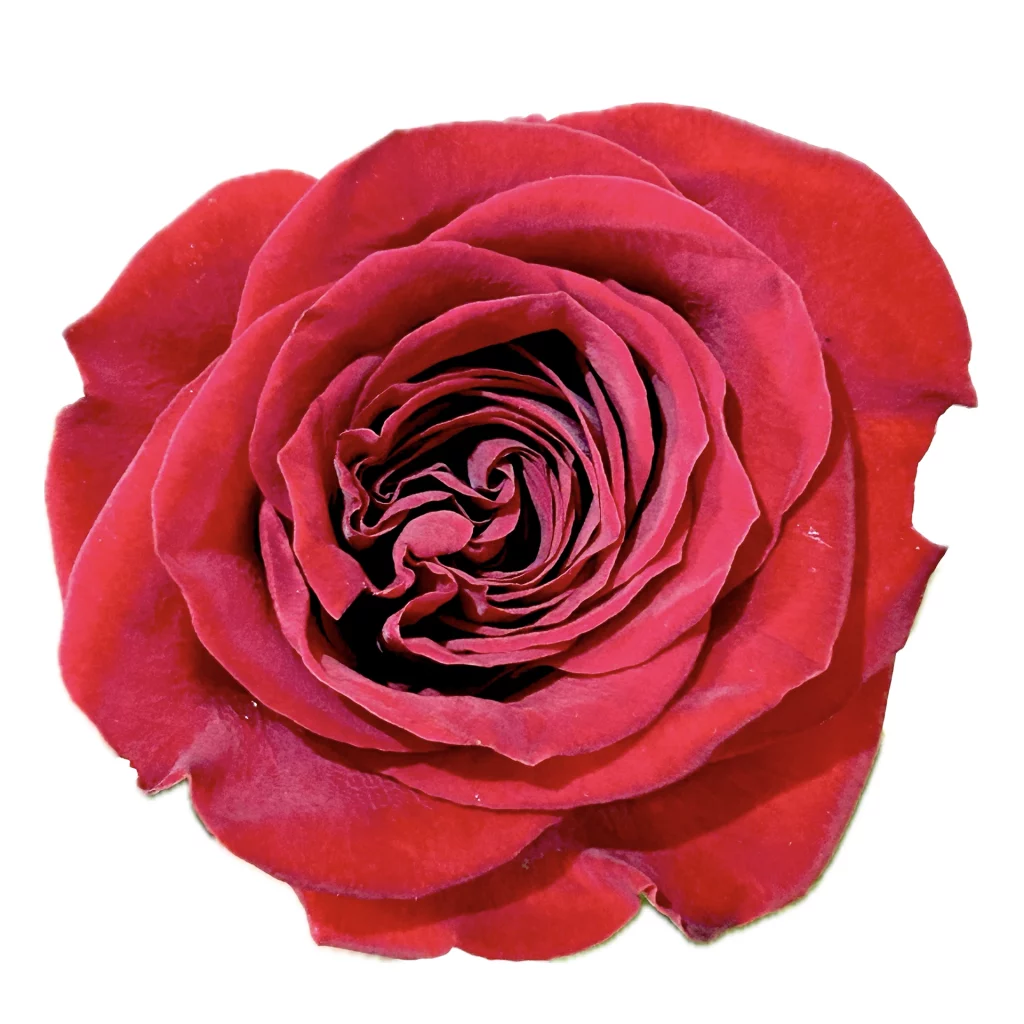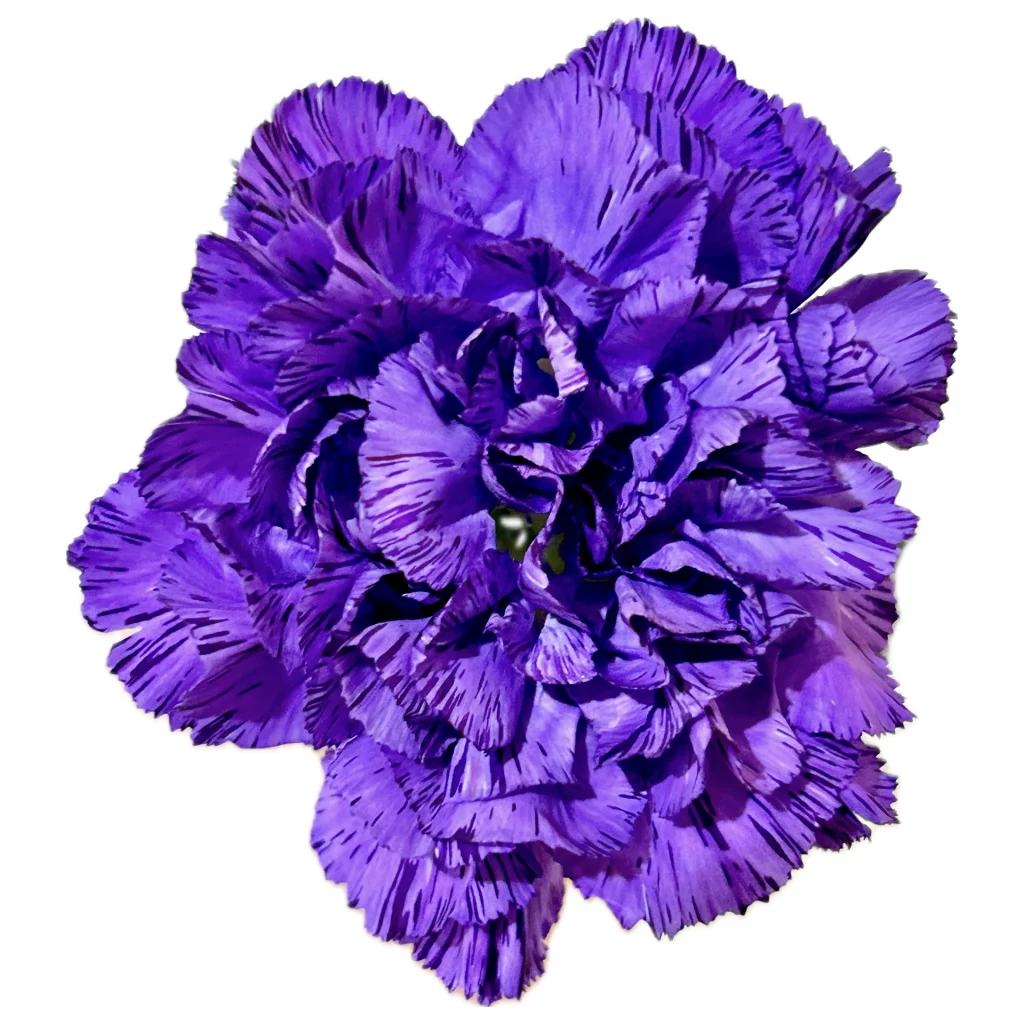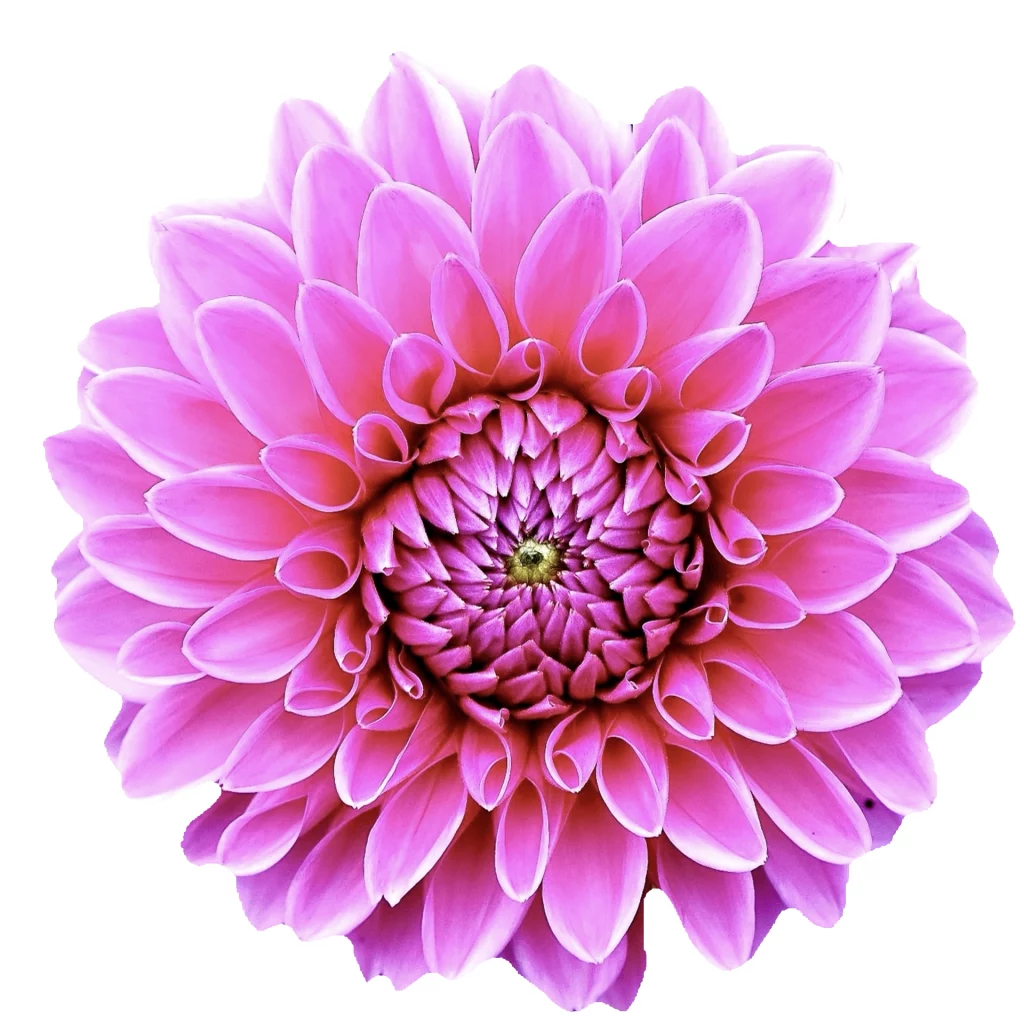5 Pet-Friendly Flowers, Non-Toxic
Receiving flowers can be a joyful experience, bringing comfort during tough times and adding grandeur to special occasions. It’s essential to be mindful of the potential harm non-pet-friendly flowers can pose to pets, so when ordering floral designs, it’s necessary to consider the recipient’s pet ownership and their pet’s behavior around flowers. Choosing pet-safe flowers will protect pets and alleviate the recipient’s worries. Unintentionally sending non-pet-friendly flowers can be disheartening, so understanding the importance of pet-safe flowers and communicating clear instructions when placing orders, whether online or in person, is crucial. Selecting pet-friendly flowers will not compromise the quality and beauty of the floral design.
Rest assured that a talented floral designer can create a stunning and impactful floral arrangement using a limited selection of flowers. It is possible to achieve beautiful results while ensuring that the chosen flowers are safe for pets. Although there are fewer pet-friendly options, the available choices are of high quality and offer a variety of colors. It’s important to consider the options available to local florists based on your region. By trusting the expertise of the floral designer, you can expect excellent results with any flowers! Below, you will find gorgeous flowers that you might not know are non-toxic to dogs; these might be your favorite.

